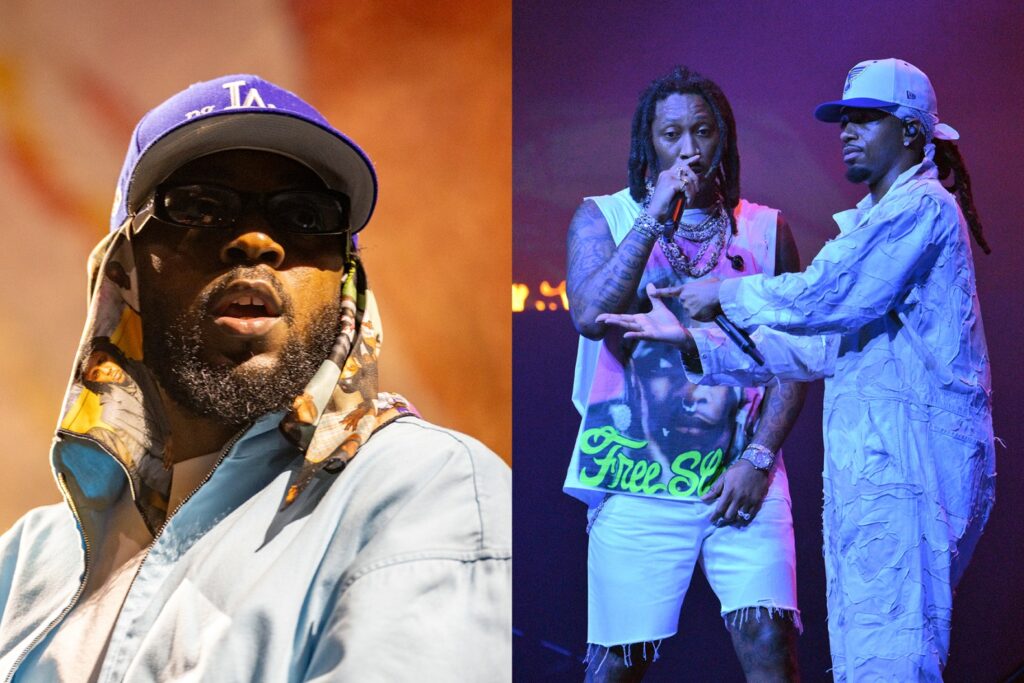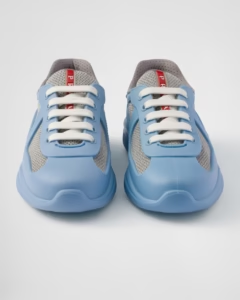In 2024, hip-hop is proving its staying power, with veteran artists dominating the charts and delivering some of the genre’s most critically acclaimed work. Rap icons like Drake, J. Cole, Nicki Minaj, and Kendrick Lamar continue to release blockbuster albums, attracting an audience that has followed their careers for over a decade. For hip-hop heads over 30, this is a golden age, as the artists they grew up with are still at the top of their game. However, the question remains: Who is poised to carry the torch for the next generation of hip-hop fans?
In this exploration, we’ll break down the dominance of rap’s elder statesmen, why their appeal remains strong, and the challenges facing younger artists in establishing the same longevity. Moreover, we’ll highlight some of the rising stars who have the potential to shape the future of hip-hop, and whether the industry is creating enough space for new voices to emerge in a meaningful way.
Hip-Hop’s Veterans: Icons of Longevity
The likes of Jay-Z, Drake, J. Cole, and Kendrick Lamar have become household names, not just in hip-hop but across the music industry as a whole. Their ability to stay relevant well into their 30s and 40s is a testament to their craft, adaptability, and ability to evolve with the times. Unlike the early days of hip-hop, when artists often experienced short-lived fame, today’s rap stars have built careers that stretch over decades, becoming more than just musicians—they’re cultural icons, entrepreneurs, and tastemakers.
Drake, for example, has maintained a remarkable consistency in topping the charts. His genre-blending style, combining R&B, trap, and Afrobeats, has allowed him to stay relevant across demographics. Kendrick Lamar, on the other hand, has cemented himself as a generational storyteller, using his music as a vehicle for social commentary while consistently earning critical acclaim. J. Cole remains the introspective voice of a generation, offering depth and lyrical complexity in a landscape that often values simplicity.
For fans over 30, these artists are more than just entertainers—they’ve soundtracked entire chapters of their lives, providing nostalgia and cultural continuity. But even as these veterans continue to thrive, there’s a growing gap in the genre’s generational relay, leaving many to wonder: Who will step up next?
The Next Generation: Struggling to Find a Voice?
While hip-hop veterans continue to dominate, younger artists face an uphill battle in breaking through to the same level of mainstream success and cultural impact. In many ways, the landscape has shifted dramatically. Social media and streaming have created a music industry where viral moments can propel an artist to stardom overnight, but maintaining that success and building a lasting career is more challenging than ever.
Artists like Lil Baby, Lil Durk, and Travis Scott are among the few younger rappers who have managed to carve out a significant space for themselves. Lil Baby’s rise has been meteoric, and his ability to mix street sensibility with introspective lyrics has made him a fan favorite. Travis Scott, though more of a hybrid artist fusing trap with psychedelia and rock, has developed a cult following through his boundary-pushing sound and electrifying live performances.
However, for many other emerging artists, the path to long-term success is not as clear. The speed at which music is consumed in the streaming era has made it difficult for artists to hold the spotlight for extended periods. Today’s hits can be forgotten in a matter of weeks, and with the emphasis on singles over full albums, the ability to create a cohesive body of work that resonates deeply is increasingly rare.
A Changing Industry: What’s Holding Back the New Wave?
One of the key challenges for younger rappers is the overwhelming presence of hip-hop’s elder statesmen. Established artists have more resources, bigger platforms, and deeply loyal fanbases that can drown out emerging voices. Additionally, as hip-hop has become more commercially viable, record labels have shifted their focus toward monetizing proven stars rather than taking risks on fresh talent.
The rise of “playlist culture” has also played a role in stifling the development of the next generation. Streaming services like Spotify and Apple Music curate playlists that largely feature established artists, making it difficult for new voices to break through unless they can capture viral attention on platforms like TikTok. While viral hits can offer a quick boost, they often lack the substance and depth that can sustain an artist’s career over the long term.
The commercial aspect of hip-hop has also contributed to a more formulaic approach to music production. Many younger artists are pressured to conform to a particular sound—whether it’s the melodic trap popularized by artists like Young Thug or the drill music scene that has taken over cities like New York and Chicago. While these subgenres have produced some exciting new music, they can also box in emerging talent, making it harder for artists to carve out a distinct identity that stands the test of time.
Rising Stars: Who’s Next in Line?
Despite the obstacles, there are several young artists who show promise in carrying the torch for the next generation of hip-hop fans. Artists like Baby Keem, Doja Cat, and Cordae are already making waves with their unique approaches to the genre.
“Baby Keem”, for instance, has benefitted from his association with Kendrick Lamar, but he’s quickly proving that he has the chops to stand on his own. His 2021 album “The Melodic Blue” showcased his ability to blend introspective lyrics with futuristic production, and his artistic relationship with Lamar hints at a deeper level of storytelling that could evolve over time.
“Doja Cat” represents a different direction for hip-hop, blending pop, R&B, and rap with a playful, irreverent style that appeals to a wide audience. While she’s not strictly a rapper, her genre-bending approach mirrors the fluidity of today’s music scene, where boundaries between genres are increasingly blurred.
“Cordae” is another young artist who has earned respect for his lyricism and thoughtfulness. His debut album “The Lost Boy” received critical acclaim for its depth and maturity, setting him apart from many of his peers. Cordae’s conscious approach and his focus on lyrical content suggest that he could follow in the footsteps of artists like J. Cole and Kendrick Lamar, who built their careers on substance as much as style.
The Future of Hip-Hop: Passing the Torch
As we look ahead, the future of hip-hop will likely be shaped by a combination of established veterans and fresh, new voices. However, for the genre to continue evolving, it’s crucial that the industry makes room for emerging talent to develop and grow. This means investing in artists who may not conform to the current trends but who have the potential to innovate and push the genre forward.
While artists like Drake, Kendrick Lamar, and J. Cole are still at the top of their game, they can’t carry the genre forever. The responsibility of passing the torch will ultimately fall on both the veterans and the industry to nurture the next generation of talent.
The veterans have already laid the groundwork, demonstrating how to build a lasting career through artistry, consistency, and evolution. Now, it’s up to the rising stars to take those lessons and apply them in new and innovative ways, all while creating music that resonates with a new generation of fans.
Will Hip-Hop’s Future Be Defined by the Past?
In 2024, hip-hop’s veterans are still topping the charts, proving that the genre’s biggest stars have found a way to evolve and stay relevant over time. However, as the genre grows older, the need for fresh voices becomes more urgent. While younger artists like Lil Baby, Travis Scott, and Doja Cat are beginning to make their mark, the challenge of establishing the same level of influence and longevity remains significant.
For hip-hop to thrive in the future, it will need to embrace new ideas, new sounds, and new voices. The veterans have paved the way, but the torch must be passed to a new generation of artists who can redefine the genre for the next 30 years and beyond. The question remains: Is the industry ready to make room for them, and are today’s rising stars ready to seize the moment? Only time will tell.
No comments yet.








